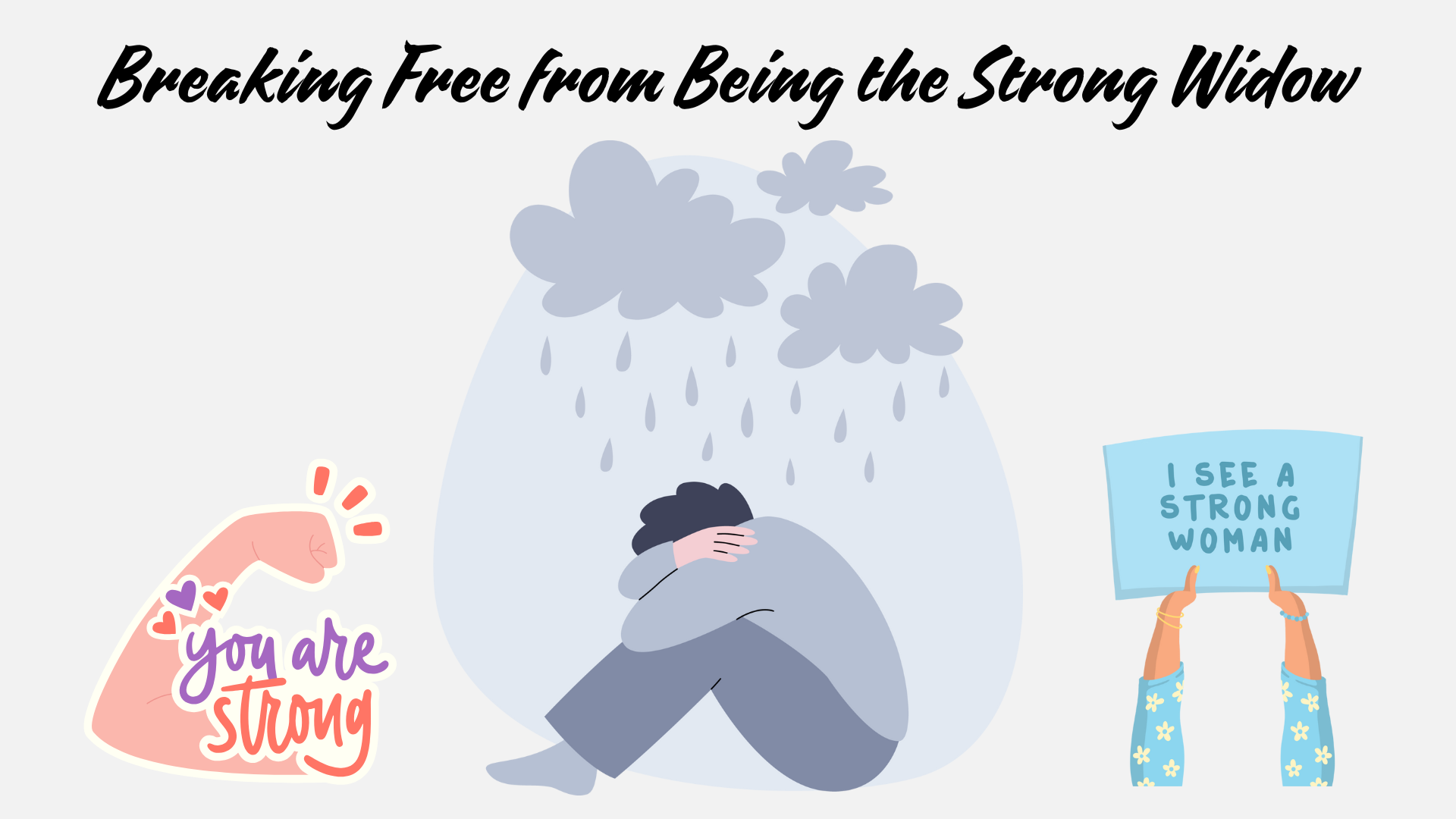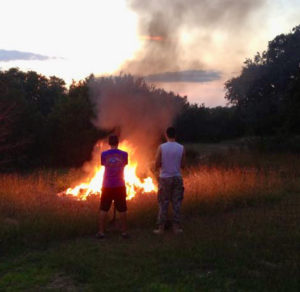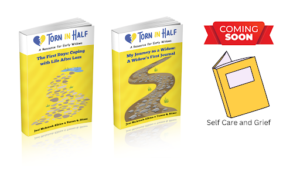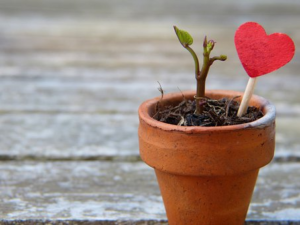We’ve heard it more times than we can count:
“You’re so strong.”
“You’ve handled this with such grace.”
“I don’t know how you do it.”
And while those words are often well-meaning, they’ve sometimes added unnecessary pressure and expectation. It defined a role of a strong widow who keeps it all together, smiles through the pain, and doesn’t publicly show her emotions.
Too often, these words simply made us want to scream.
We did not choose to be widows. We did not choose the emotions of the loss and all that went with it.
To be Honest: We didn’t feel strong. We felt weak and often conflicted in our emotions. We felt that expectation from others to keep it all together, even as our shattered world enveloped us entirely.
Smiling and pretending to be strong made our process more difficult, and sometimes it made the loneliness feel even heavier.
Early on in our journey, we tried on the invisible armor. We kept busy to avoid the silence of our loss. We avoided some people altogether, not wanting to cry in front of someone who might not understand or feel uncomfortable by our public display of grief. For us, this was not being strong. We were merely surviving.
You often hear us say, “Just Breathe.” When you are grieving, that alone takes a lot of strength.
Merely surviving when grieving is a kind of strength, even though it is not the strength people are usually referring to when they make the statements at the beginning of this blog. They are expecting strength that returns us to who we were before our loss–and to do it quickly and efficiently.
The Burden of Being Strong
The being strong message is a heavy burden for widows and their families. Being strong encourages emotional bypassing of the grief and faking being OK when you’re not. We can get comfortable pushing down and silencing real emotion. This can lead to feeling awkward about showing your real emotions, crying, or letting others know how you really feel. This message of being strong is often a means of protecting others from the discomfort of grief, and it feels like we need to hide our pain and grief.
You don’t have to be strong. You don’t have to be, live, or act in a way others expect.
Your emotions and feelings are valid and real. There is no shame in being weak and needing help. There is no medal for being strong when you’re not.
Remember: showing emotion is normal, crying is not a sign of weakness, feeling lost and unsure is normal, and needing and asking for help is not a flaw. These are normal parts of grief and healthy ways to process grief.
We’ve both had moments, days, and entire weeks where we fell utterly apart and were torn in half. There were days when we stayed in bed or on the couch, times when we forgot to eat, days when we went on radio silence, not returning texts, calls, or emails, nights when the sobbing lasted into the wee hours of the night. Those moments didn’t make us any less capable or courageous. They made us real and were part of the grieving process.
They are normal.
What Real Strength Looks Like in Grief
Through our journeys, we’ve redefined what strength really means in widowhood. Some examples below:
- Strength is letting yourself grieve and show your emotions, even when others are uncomfortable with these feelings and raw emotions.
- Strength is showing up imperfectly. It may look and feel messy, raw, honest, and like no one understands. We accept this and keep moving forward day by day.
- Strength is allowing grace and self-care. Choosing to rest and take care of ourselves in whatever way we need to. It’s saying “no” without apology or explanation.
We’ve learned that strength and vulnerability live side by side. That falling apart doesn’t erase our resilience. And that sometimes, being strong is simply getting through the next 10 minutes. Just breathing and taking the next moment as it comes.
We invite you to release the pressure to be strong and to grieve the “right” way. There is no right or wrong way to grieve, and there’s no gold star for holding it all in.
Remember that each grief journey is as unique as the relationship and love that it represents. You cannot get it wrong.
You get to grieve in your own way and at your own pace. It is your journey. You get to fall apart and rebuild in a way that makes sense for you. You get to define what strength looks like, day by day, on your own terms.
We hear you if you’re tired of being told how brave and strong you are. We remember not feeling strong at all. We are here to remind you that it’s okay and normal if you don’t feel the way others expect you to feel. We’ve been there. We’re still here, still moving forward, even many years later. We are still learning to let go of who the world expects us to be in each step of the journey.
And that?
That’s real strength.
Let’s keep this conversation going.
How has “being strong” been a burden to you? What does strength in grief look like to you? Leave a comment or share this post. Someone else might need to know they’re not the only one feeling this way.
Peace & Blessings,
Teresa & Jeni
PS: For additional support, you can download our free copy of 10 Ways to Move Forward After Loss
The First Days: Coping with Life After Loss is a resource for the first days after a loss – available on Amazon in paperback.
My Journey as a Widow: A Widow’s First Journal is a follow-up journal for processing complex emotions and moving forward with hope. It is available in paperback on Amazon.
Follow us on Social Media:
Facebook: https://www.facebook.com/TornInHalfwidows/
LinkedIn: https://www.linkedin.com/company/torn-in-half/




